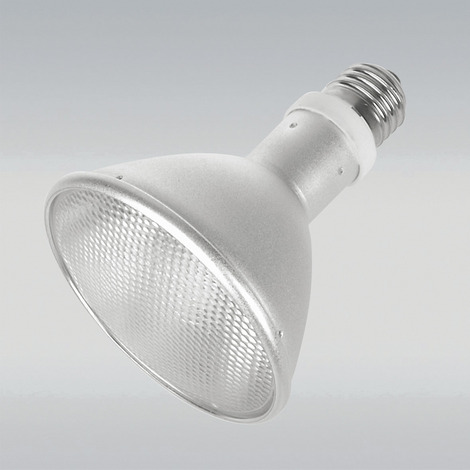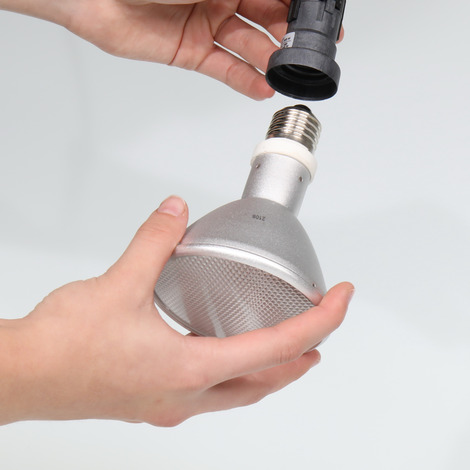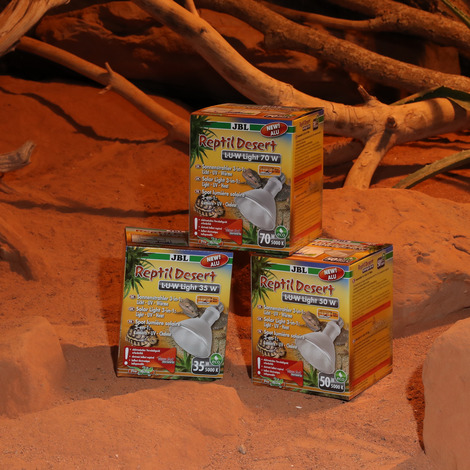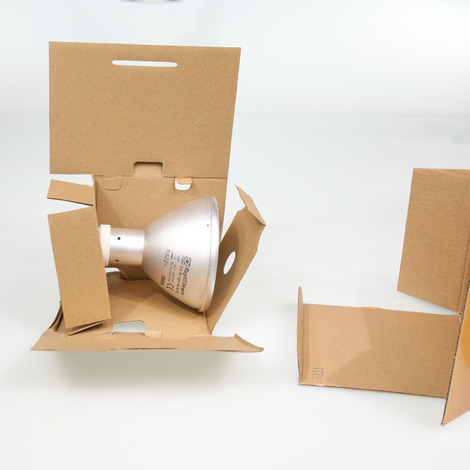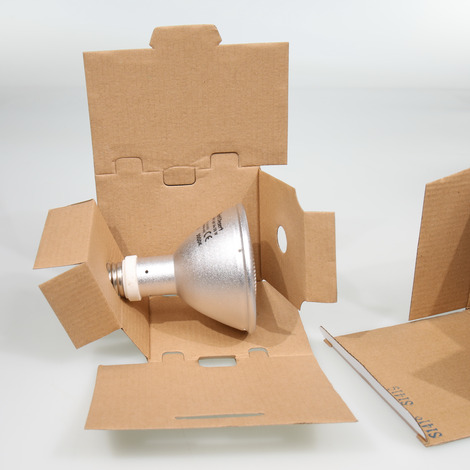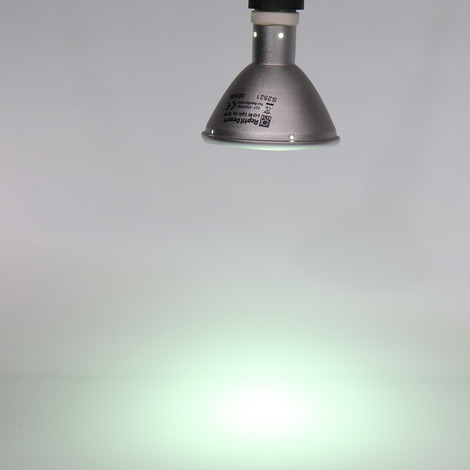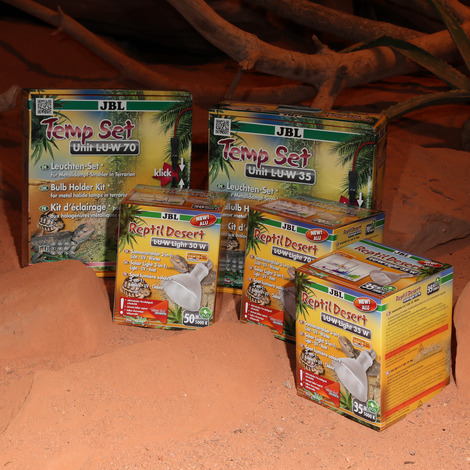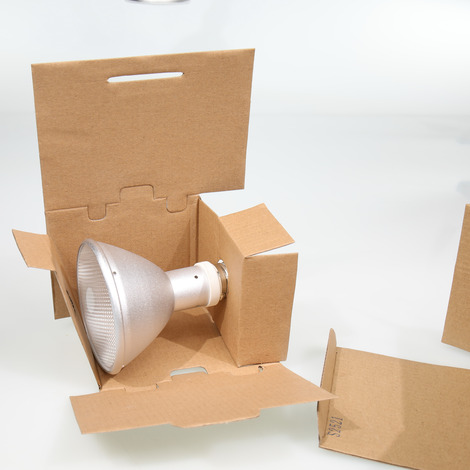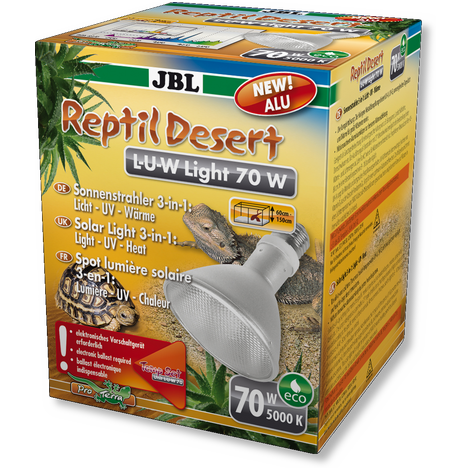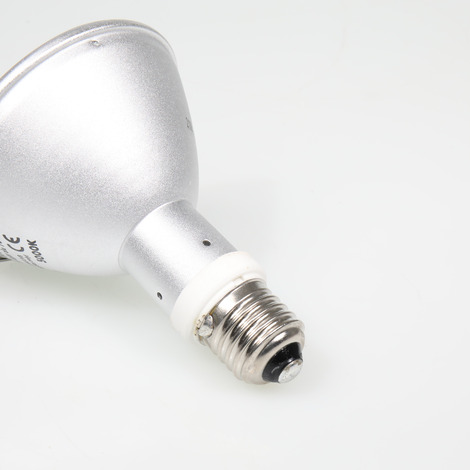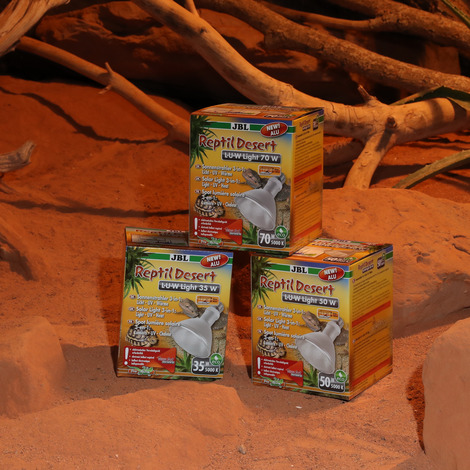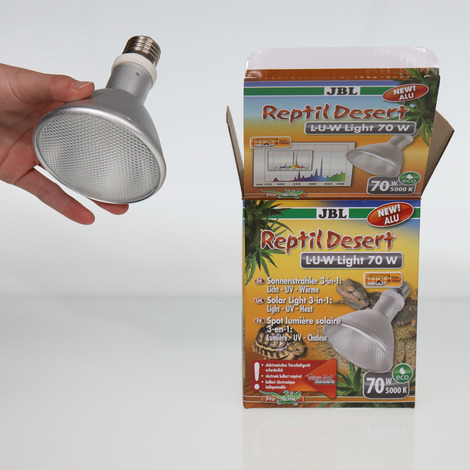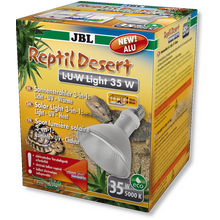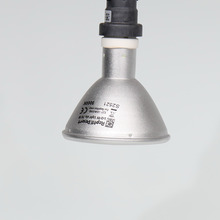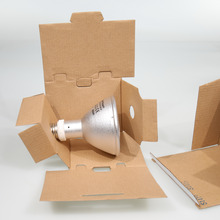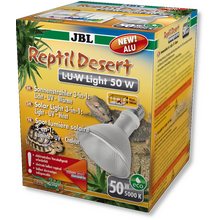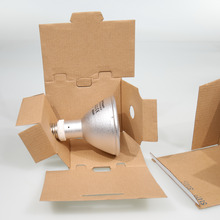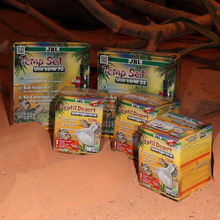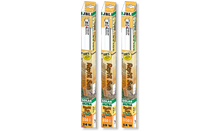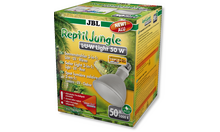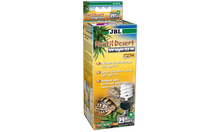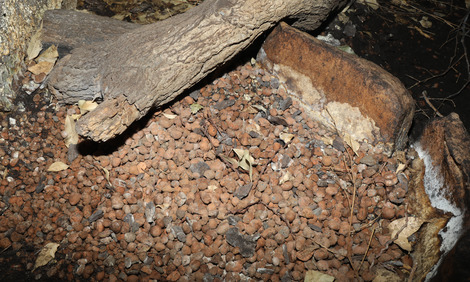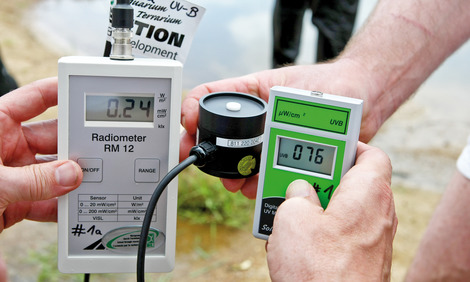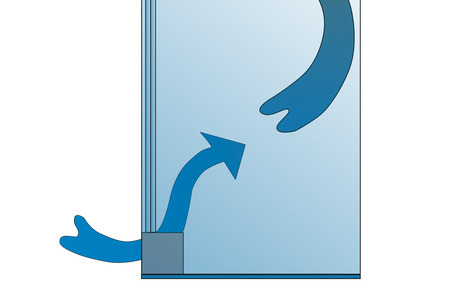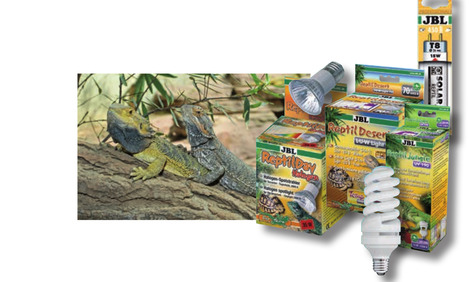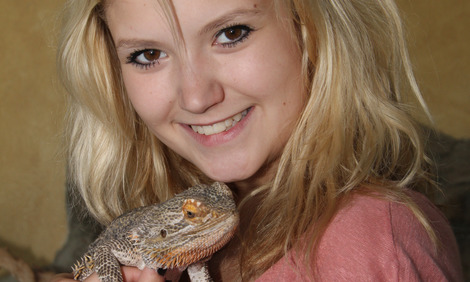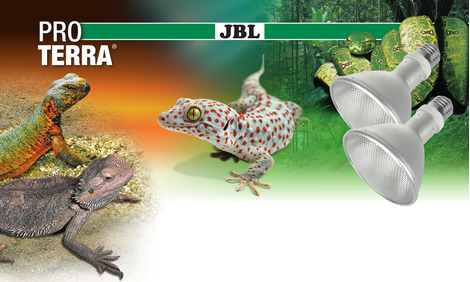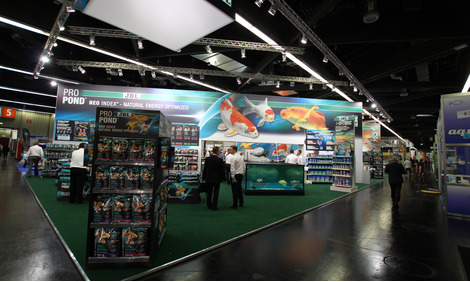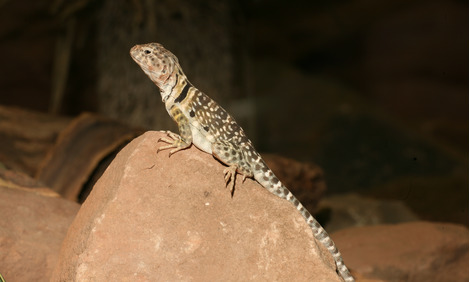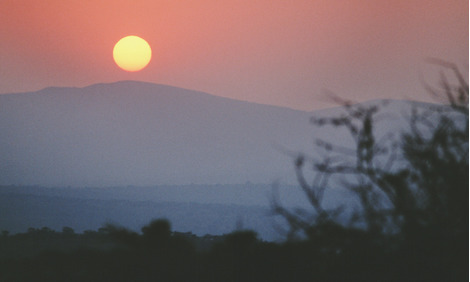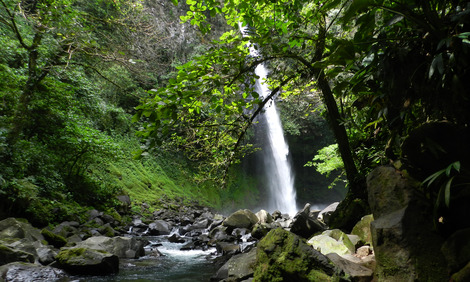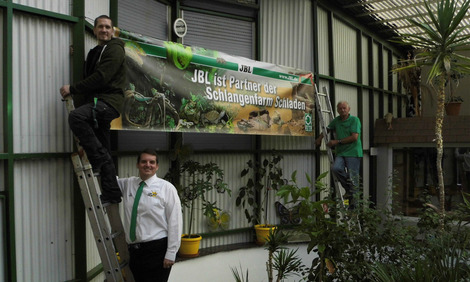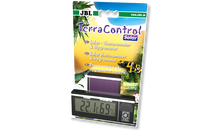Nature as a model:
Terrarium animals are cold-blooded animals, which are strongly dependent on light, and particularly on the quality and intensity of the light. Activity, food intake, digestion or rest phases are influenced by the change between day and night and the intensity of light. Depending on the light source, there are differences in the output and quality of the light.
Besides this, many terrarium animals associate light with heat and seek light places in the terrarium in order to „bask in the sun“. These considerations are especially important when choosing heating equipment for desert terrariums. There are differences in the yield and quality of light depending on the light source used. Fluorescent tubes, for example, provide a lot of light with little heat production, whereas light bulbs convert a major share of the energy taken up into heat and only a small share into light.
Depending on their country of origin, terrarium animals can require a lot or a little UV light for their well-being. UV-B stimulates the synthesis of Vitamin D3 from its preliminary stage Vitamin D2. UV-A stimulates pigmentation Don’t forget that glass absorbs around 50 % of the UV radiation, so always install the lamps inside the terrarium.
HQI lamps, such as the JBL ReptilDesert L-U-W, are the top choice for terrarium animals which require sunlight, ultraviolet light (i.e. diurnal animals) and heat. They offer a full spectrum that simulates sunlight and includes UV-A and B radiation, along with heat emission for the terrarium. The temperature in the terrarium decreases after the lamps are switched off, thereby simulating the wanted nighttime drop in temperature.
For high terrariums it is important that the animals can approach the lamp in such a way that they receive enough UV radiation.
Metal-halide lamps (e.g. JBL L-U-W or other HQI lamps) require a special ballast for the respective wattage for operation. JBL offers installation kits for 35 and 70 W (JBL TempSet Unit L-U-W)
JBL ReptilDesert L-U-W Light alu
Metal halide Solar light (spot light) for desert terrariums
- Full spectrum solar light (spot light) made of aluminium with 25° spot radiation for desert terrariums
- Complete solution: L-U-W = light+UV+warmth. All-day lighting with 5000 K colour temperature for 10-12 hours per day
- Metal halide lamps (L-U-W) require special ballasts such as the JBL TempSet Unit L-U-W for operation. Do not simply screw into a socket without ballast
- Aluminium body: better heat dissipation – more power, more UV output, no overheating. Ideal distance between animal and lamp: 30-40 cm depending on animal species
- Package contents: solar light (spot light) for desert terrariums

